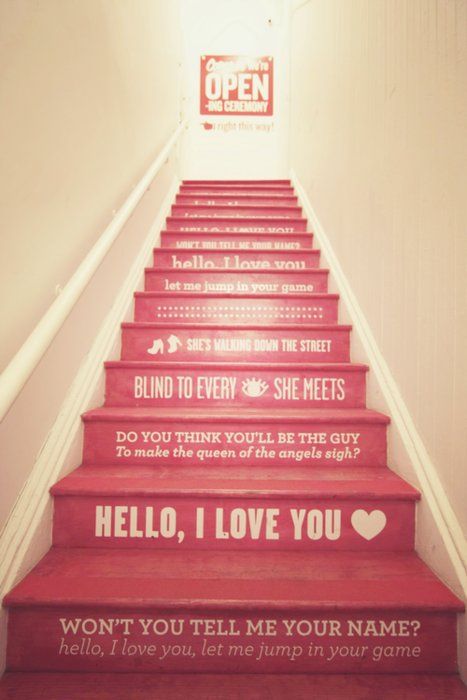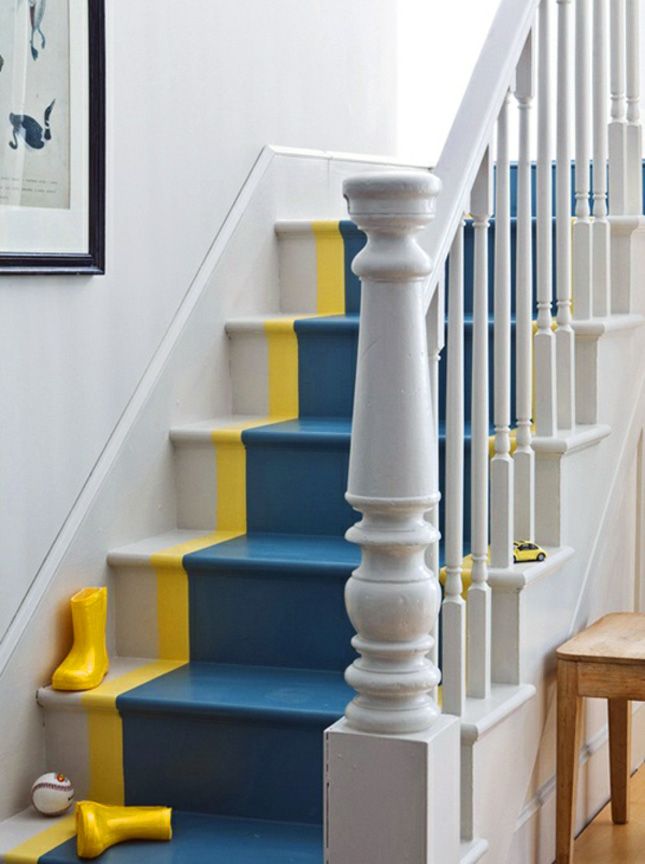Sadly, these lights are not actually named that... but they should be! (Can you say Marketing "Lightbulb" Moment? Ha!) I can't these lumens would be my go-to for just any room but (and I'm just free associating here), can you imagine these lights in an entryway, with hooks for coats beneath them? Aren't I clever? :)
I absolutely love the idea of infusing design with humor. And in many cases, doing so, also can also create an art feature as a result. The goal of interior decorating is to create the right mood in a space and, let's be honest, who doesn't want to be amused whenever they can be? It reminds me that there is so much "room" to be creative in outfitting a space and for me, is what makes interior design so gosh darn fun! Which is why it is also just a crying shame when someone doesn't do a cool room justice or allow a unique element in a space to realize its full potential. This tragedy brings me loosely to my next point.. Something that needs to be addressed... Breaking bad design.
It happens all too often, a good room gone bad. There is just nothing worse than when a room has good bones or some stellar pieces but someone missed the mark by falling to prey to one of the interior design faux pas. These common mistakes can overshadow whatever goodness may be going on in the space.. and that just makes me sad.
But have no fear, dear readers, because today, I am here to "enlighten" you to the error of your potential ways and save you from contributing towards letting a room fall into that "waste of space" bin.
Here are eight interior design no-no's to turn your space's proverbial frown upside down!
- Bad Lighting: I think it's safe to say, you don't want your room flashing "LAMP STORE," which is why its important to balance your lighting between architectural lighting (recessed, track or cove lighting), focal point lighting (chandeliers, sconces) and lamps (task lighting).
- Overdecorating a Room: Have you ever heard the phrase "less is more," because this occasion is no exception. Not every space needs to be filled. Let your unique items earn the attention they deserve by giving them the spotlight.
- Too Low/Crappy Window Treatments : For some reason, people love to hang floor length window coverings at the top of the window. No. Just no. Try to hang your curtains as close to the ceiling as you can get away with (while still allowing them to touch the floor, of course) to give the illusion of extra height. Also, make sure the curtains cover just the frame, so the windows appear even wider. Window treatments are not something you want to skimp on either. They take up significant space in a room and cheapin' it will likely show.
- Whack Proportions : Scale and proportion are so important in the scheme of design. Try to avoid grouping too much large or heavy furniture into a space and add smaller pieces to soften it. A large sofa shouldn't have an equally large coffee table, as it will throw off the balance of the room.
- Wood For Dayz: Matchy-matchy might seem like a clean game plan but furniture sets are the first tip off to predictable and tasteless design (sorry, but it's true). Just because you can get a deal on a set of the same wood, doesn't mean you should take it (it's a trick!). Mixing various colors and finishes of wood in a single space is not something to be afraid of, nor is mixing wood with other elements such as glass, metals or lucite. As I heard once, "different woods can coexist in a room like they do in a forest." Take a page from mother nature, why don't you!
- Tiny Art Above the Bed: Do not, just do not, hang tiny art above your bed. You should try to fill about 2/3 of the wall space above the bed/headboard. I think that's all I really need to say on that.
- Seating Against the Walls: No one likes a waiting room and you certainly don't want your home reminding anyone of such. Float your seating, and be sure to leave about two and a half feet for walkways between pieces
- Hanging Art Too High or Scattering It: Artwork should be hung at eye level, with the midpoint at 58 to 62 inches (and adjusted as needed if hung above furniture). For a larger scale piece, you will typically want to hang it lower. Also avoid scattering art around the room. If you want to feature several art pieces, consider clustering them.
*I do just want to give a quick disclaimer and, a bit shamefully, admit that I, personally, have broken almost all of these rules.. So don't feel bad if you too, are an offender :). We can all learn from our mistakes, right? Or simply embrace rebellion.
Anyway, I tried to find examples of these so-called "bad design" moments, but surprisingly, not many resources seemed to be showcasing it. And after exhaustive research on that, finding good examples of spaces not succumbing to the bad design mistakes seemed... well, exhausting. Color me lazy, but frankly, I'm outie!
















































